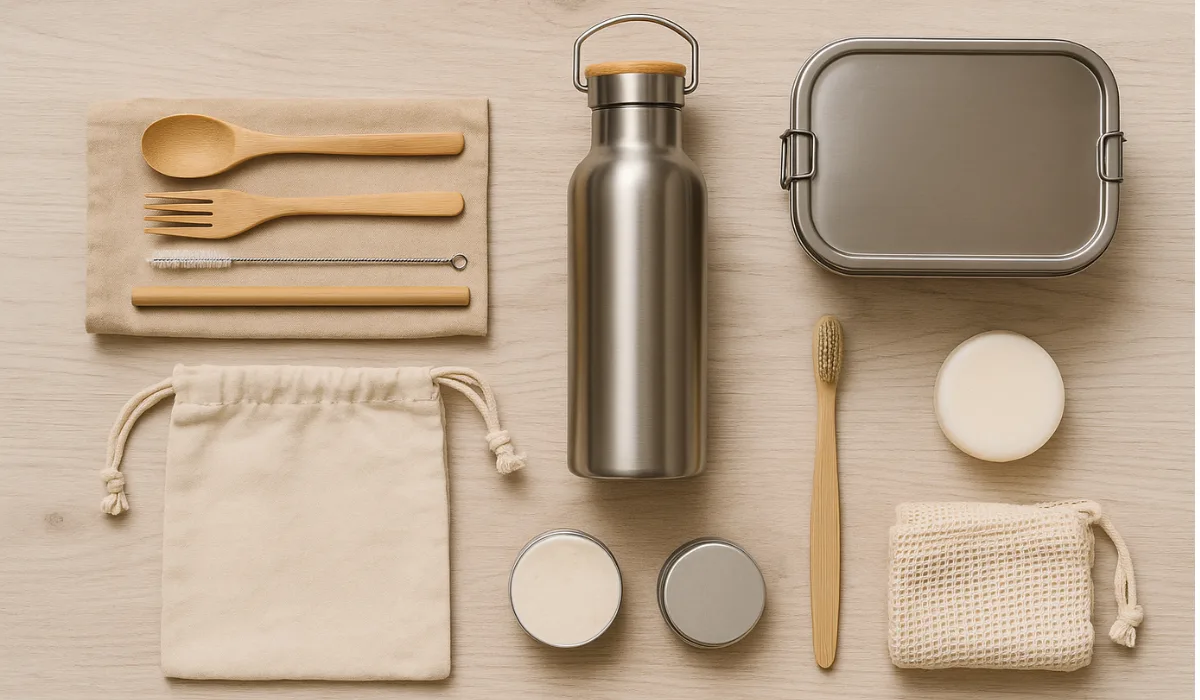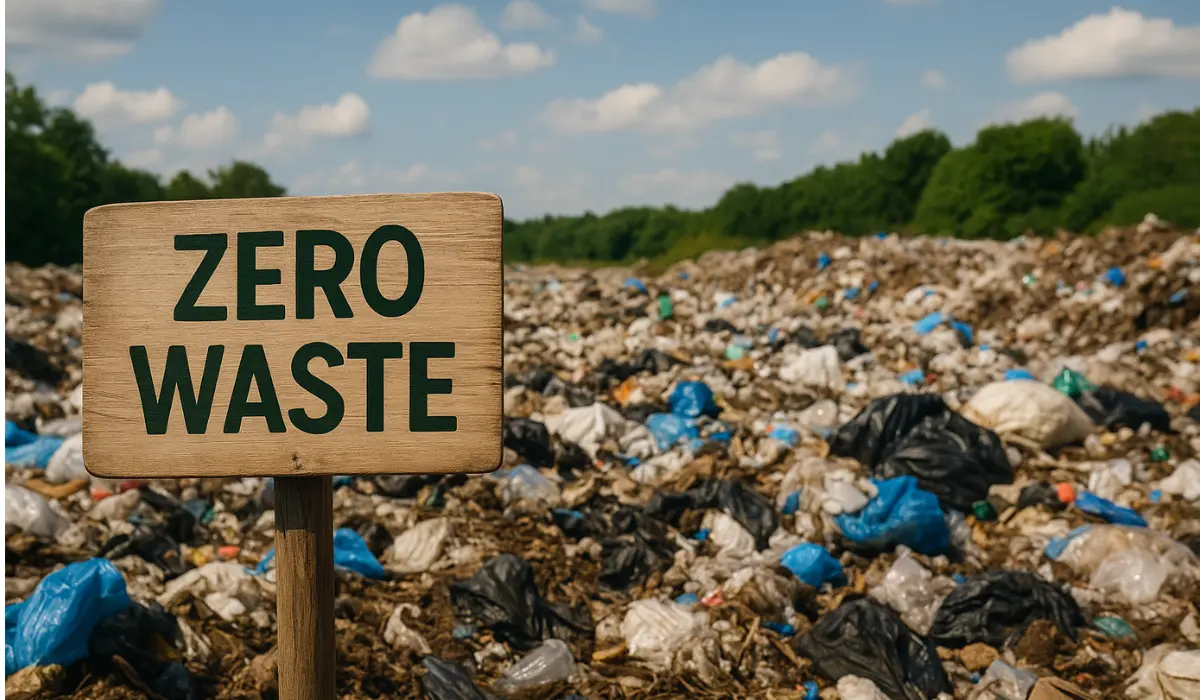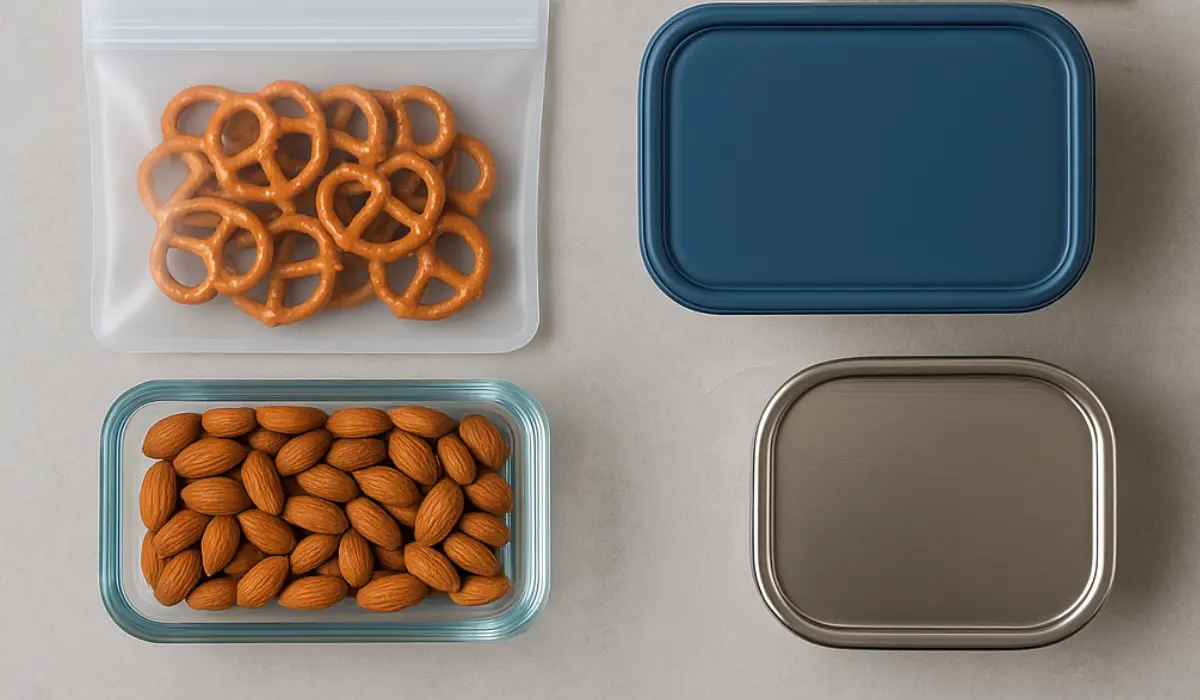Gardeners are looking for more sustainable methods to care for their green areas as eco-conscious living is gaining traction all around. While composting and organic fertilizers are common eco-friendly practices, there’s another important aspect to consider—how you shop for gardening supplies with zero waste in mind.
This guide will walk you through smart, planet-friendly strategies to buy zero waste gardening supplies, minimize environmental impact, and grow a truly sustainable garden.
1. What Are Zero Waste Gardening Supplies?
Zero waste gardening supplies are tools and materials that support gardening while producing as little waste as possible. That means avoiding single-use plastics, choosing items with compostable or recyclable packaging, and opting for products that are durable, refillable, or secondhand.
Key Principles:
-
Reduce what you buy
-
Reuse what you can
-
Recycle responsibly
-
Compost organic waste
-
Shop local and ethically
The goal is simple: to create a thriving garden that leaves behind no harmful trace.
2. Take Inventory Before You Buy
Before heading to the garden center, do a quick audit of what you already own. The most sustainable supply is the one you don’t have to buy again.
Tips:
-
Repair broken tools instead of replacing them
-
Repurpose old containers into planters
-
Check your shed or garage for forgotten items
-
Ask neighbors or friends if they have extras to share
This step alone can significantly reduce the amount of new waste you introduce into your garden.
3. Invest in Durable, Plastic-Free Tools
Many gardening tools are made of plastic and designed to break within a season or two. Instead, opt for quality, long-lasting tools made from sustainable materials.
What to Look For:
-
Stainless steel spades and trowels
-
Wooden or bamboo handles
-
Lifetime warranties
-
Recyclable or compostable packaging
Shopping for gardening supplies with zero waste means choosing tools that you can pass down, not throw out.
4. Buy Seeds the Sustainable Way
Seeds often come in plastic packaging, which adds up quickly. To align your planting habits with a zero waste approach:
-
Choose seeds in paper or compostable pouches
-
Support local seed libraries or seed exchanges
-
Save your own seeds from previous harvests
-
Buy in bulk to reduce packaging waste
Opt for organic and heirloom varieties, which promote biodiversity and long-term sustainability.
5. Soil, Compost, and Mulch—The Zero Waste Way
Soil and mulch are notorious for coming in thick plastic bags. Here’s how to shop smarter:
Zero Waste Options:
-
Buy soil in bulk using your own containers
-
Create your own compost pile at home
-
Use natural mulch materials like straw, shredded leaves, or coconut husk
-
Avoid chemical fertilizers and choose organic options with paper or bulk packaging
Every small choice makes a difference when buying gardening supplies with zero waste in mind.
6. Say No to Plastic Pots and Trays
Plastic pots are often single-use and difficult to recycle. When purchasing plants or starting seedlings, look for more sustainable alternatives.
Swap These:
-
Instead of plastic seed trays → Use newspaper pots or coconut coir trays
-
Instead of plastic pots → Choose terracotta, ceramic, or biodegradable fiber pots
-
Instead of plastic plant labels → Try wooden stakes or repurposed materials
Bonus: many nurseries offer pot return programs or discounts if you bring your own.
7. Bring Your Own Bags and Buckets
Just like grocery shopping, bringing your own containers to the garden center helps cut waste dramatically.
Bring:
-
Canvas bags for small tools
-
Buckets or totes for soil and mulch
-
Reusable jars or tins for seeds and amendments
This habit is an easy win for anyone shopping for gardening supplies with zero waste goals.
8. Choose Compostable and Biodegradable Products
When possible, choose gardening supplies that can be returned to the earth after use.
Compostable Products to Consider:
-
Jute or hemp twine
-
Coconut husk planters
-
Untreated wooden stakes
-
Plant-based weed barriers
These items naturally break down, avoiding the landfill entirely.
9. Explore Secondhand Sources
Shopping secondhand is one of the best ways to reduce waste.
Check:
-
Thrift shops
-
Online marketplaces (Craigslist, Facebook, OfferUp)
-
Community “Buy Nothing” groups
-
Local garage sales
You’ll often find shovels, hoses, watering cans, and even planters at a fraction of the price—and without new packaging waste.
10. Avoid Greenwashing and Look for Real Certifications
Some brands use eco-friendly buzzwords without backing them up.
Look for:
-
Certified compostable symbols
-
FSC-certified wood (Forest Stewardship Council)
-
Organic or non-GMO seed certifications
-
Clear labeling of recycled or recyclable materials
Do your research and support companies that are transparent about their sustainability efforts.
11. DIY Your Way to Zero Waste Gardening
Some of the best zero waste supplies are ones you make yourself!
DIY Ideas:
-
Compost bin from repurposed wood or plastic
-
Rainwater collection using barrels
-
Upcycled planters from kitchen containers
-
Homemade fertilizers from banana peels, eggshells, and compost tea
Not only do these solutions save money, but they also add character and creativity to your garden.
12. Support Local, Ethical, and Low-Waste Businesses
Buying locally reduces your carbon footprint and supports sustainable business models.
Seek out:
-
Local nurseries
-
Eco-friendly garden supply stores
-
Farmers markets with gardening sections
-
Garden co-ops or seed banks
When shopping, let the seller know you’re looking for gardening supplies with zero waste in mind—you may even influence their practices!
Conclusion: Grow a Garden That Gives Back
Shopping for zero waste gardening supplies isn’t just about the products you buy—it’s about making conscious, informed choices that support the environment, reduce landfill waste, and foster community connection.
Key Takeaways:
-
Reduce what you consume
-
Reuse and repair before replacing
-
Choose plastic-free, compostable, or secondhand items
-
Bring your own containers
-
Support ethical, local businesses
Whether you’re planting herbs on your balcony or managing a full garden bed, every sustainable choice counts. Let your garden be a model of eco-friendly living, one tool, seed, and planter at a time.









